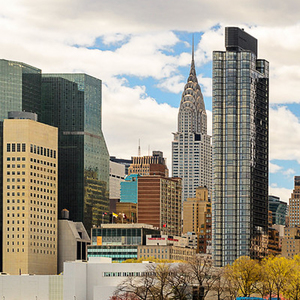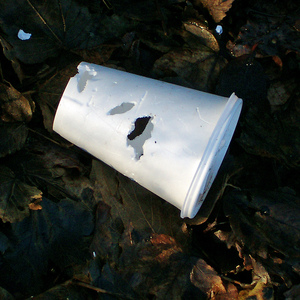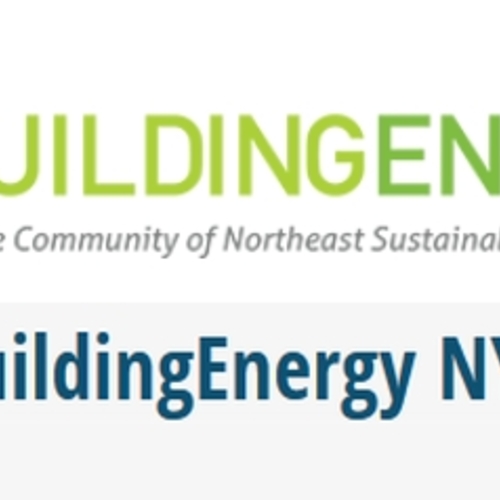
More than 9 million square feet of New York City rooftops have been painted white in the last nine years in a long-term initiative to make occupants more comfortable and lower cooling costs.
In addition to making city living more bearable in summer, the NYC CoolRoofs initiative also is intended to provide training for local job seekers who want experience in installing reflective roofing materials, the program’s website says.
In 2009, the city began painting rooftops for free on buildings belonging to non-profits, affordable housing projects, schools, museums, and hospitals, according to Business Insider. The goal is to coat 1 million square feet of rooftop — roughly 23 acres — per year, but this year the program beat that by 50%.
Building owners who agree to cover the cost of the acrylic coating get labor, technical assistance, paint brushes, and rollers from CoolRoofs.
The theory is that lighter rooftops reflect more heat than dark ones and reduce what’s called the urban heat island effect. The city estimates that installing a cool roof can reduce air conditioning costs by 10% to 30% on hot summer days. Greenhouse gas emissions also fall as energy use declines.
The same thinking is behind an effort in Los Angeles to reduce urban temperatures, not by painting rooftops but by coating streets with a white sealer.
A study published in 2014 found that replacing dark roof surfaces with light, reflective surfaces could reduce temperatures in cities like Washington, D.C., or New York by more than 3 degrees, an article posted by The New York Times said.
But researchers also pointed to some potential cautions with reflective roofs. In Florida, for example, reflective roofs slightly lowered rainfall amounts, so the cooling effect wasn’t as pronounced. Reflective roofs can can lead to higher heating costs for roofs that aren’t snow-covered in the winter.
An article posted at Untapped Cities says that the white acrylic paint used in New York goes on in two coats. The article cites a study by Columbia University’s Center for Climate Research that found white roofs were, on average, 43 degrees cooler than unpainted black roofs. The coating also helps prolong the life of the roof by decreasing thermal expansion.
It costs Los Angeles $40,000 to coat a single mile of roadway with a product called CoolSeal. The CoolRoofs program doesn’t publish information about costs on its website, and a call to the program’s press office went unanswered.
Weekly Newsletter
Get building science and energy efficiency advice, plus special offers, in your inbox.















0 Comments
Log in or create an account to post a comment.
Sign up Log in